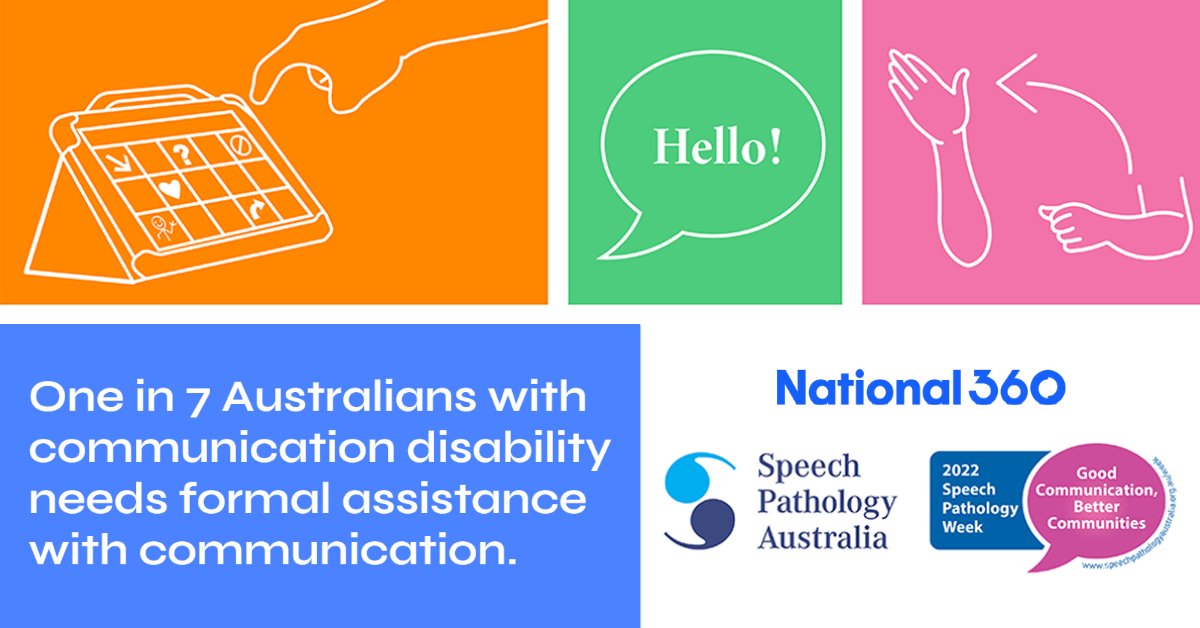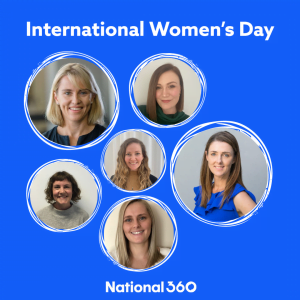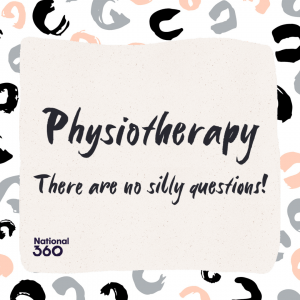Speech Pathology and AAC
Communication is a fundamental human right. All people, including those with a disability, are entitled to affect the conditions of their existence through communication. We all have a right to:
- Express our needs, preferences, and feelings
- Make choices, comments, and share opinions
- Interact with others for social reasons, to build and maintain relationships
- Be informed about people and events in our life
- Have our communication acts acknowledged and responded to
- Be addressed directly i.e., not spoken about in third person while present (Brady et al., 2016).
Complex communication needs (CCN) is a term used to describe a severe communication disability that can be associated with a wide range of physical, sensory, or environmental causes that restrict an individual’s participation in society (Speech Pathology Australia, 2012). It is estimated that 1 in 500 people in Australia have CCN (Perry et al., 2002). People with CCN and their communication partners (i.e. those who are involved in conversing/interacting with the individual with CCN) can benefit from using Alternative and Augmentative Communication (AAC) strategies and systems (Balandin, 2002).
What is AAC (Alternative and Augmentative Communication)?
AAC refers to communication methods besides talking. Everyone is a multimodal communicator and uses some form of AAC, whether this is in addition to speaking, or in place of. AAC can include gestures, facial expressions, signing, using symbols/photos, drawing, spelling words by pointing to letters, speech-generating devices and more. An AAC system is the integrated group of tools and strategies that a person uses to support their communication.
Types of AAC

How can I get an AAC system?
A speech pathologist can help assess your communication needs and then support you to explore different AAC tools and strategies. This process can involve trialling a few options, and then collaborating with your care team to determine the most appropriate solution/s that fit in with your environment and can help you meet your goals. It’s important to get specialist advice as there are a range of AAC options available; there is no one-size-fits-all and they all have their own advantages vs disadvantages.
I can’t use my fingers to point, can I still use an AAC system?
Yes, you can! Using your fingers to point to a symbol or press a button on a device is called ‘touch access’. There are many different alternative access methods including eye-gaze, head tracking, using a switch (which can come in many forms such as a button, a puffer, muscle activation), and more. If you require an alternative access method, it is recommended that your needs are thoroughly assessed by an occupational therapist.
What if I have an AAC system/s, but no one knows how to use it?
Unfortunately, it is not uncommon for AAC users to abandon their devices if they and their communication partners have not received adequate training and support to continue implementation. Those that interact with an AAC user need to understand how they can support the communication transaction, for the system to be successful. This means that they too, would also benefit from targeted instruction. For example, a child who has only just started developing language and also learning how to use a speech-generating device, requires an adult to:
- Provide appropriate modelling on the device, so he/she can learn where the words are located
- Provide adequate prompts at the right level of cueing, and enough wait time, so he/she can have opportunities to have a go at saying something with their device
- Transport the device to and from locations (as the child may not see it as their “voice” yet)
- Personalize the vocabulary so that he/she can use words that are motivating and meaningful
If you have an AAC system, or have previously trialled AAC systems but feel like it is not helping you to achieve your communication goals, get in touch with a Speech Pathologist who has experience in complex communication needs. AAC is recognized as a specialist area of practice, so it is important you work with someone who specializes in this field.
Where can I go for further information?
For further information, you can visit:
- www.asha.org
- www.prentrom.com
- www.asha.org
- www.linkassistive.com
- www.liberator.net.au
- www.zyteq.com.au
- www.controlbionics.com
How National 360 Can Assist
At National 360, our Speech Pathologists work across all age groups to support clients who have impairments related to speech, language, social communication difficulties, literacy, voice, fluency and swallowing difficulties. We offer a range of assessments and therapy including communication technology.
If you’d like to learn more about our Speech pathology services, click here.
Ready to make a referral? You can fill out a referral form online here.
References
Balandin, S. (2002). Message from the president. ISAAC Bulletin, 67, February, p.2.
Brady, N. C., Bruce, S., Goldman, A., Erickson, K., Mineo, B., Ogletree, B. T., Paul, D., Romski, M., Sevcik, R., Siegel, E., Schoonover, J., Snell, M., Sylvester, L., & Wilkinson, K. (2016). Communication services and supports for individuals with severe disabilities: Guidance for assessment and intervention. American Journal on Intellectual and Developmental Disabilities, 121(2), 121–138.
Perry, A., Reilly, S., Bloomberg, K., & Johnson, H. (2002). An analysis of needs for people with a disability who have complex communication needs. Melbourne, La Trobe University; School of Human Communication Sciences, Bundoora. P. 121.
Speech Pathology Australia (2020). Augmentative and Alternative Communication Clinical Guideline. Melbourne: Speech Pathology Australia.



